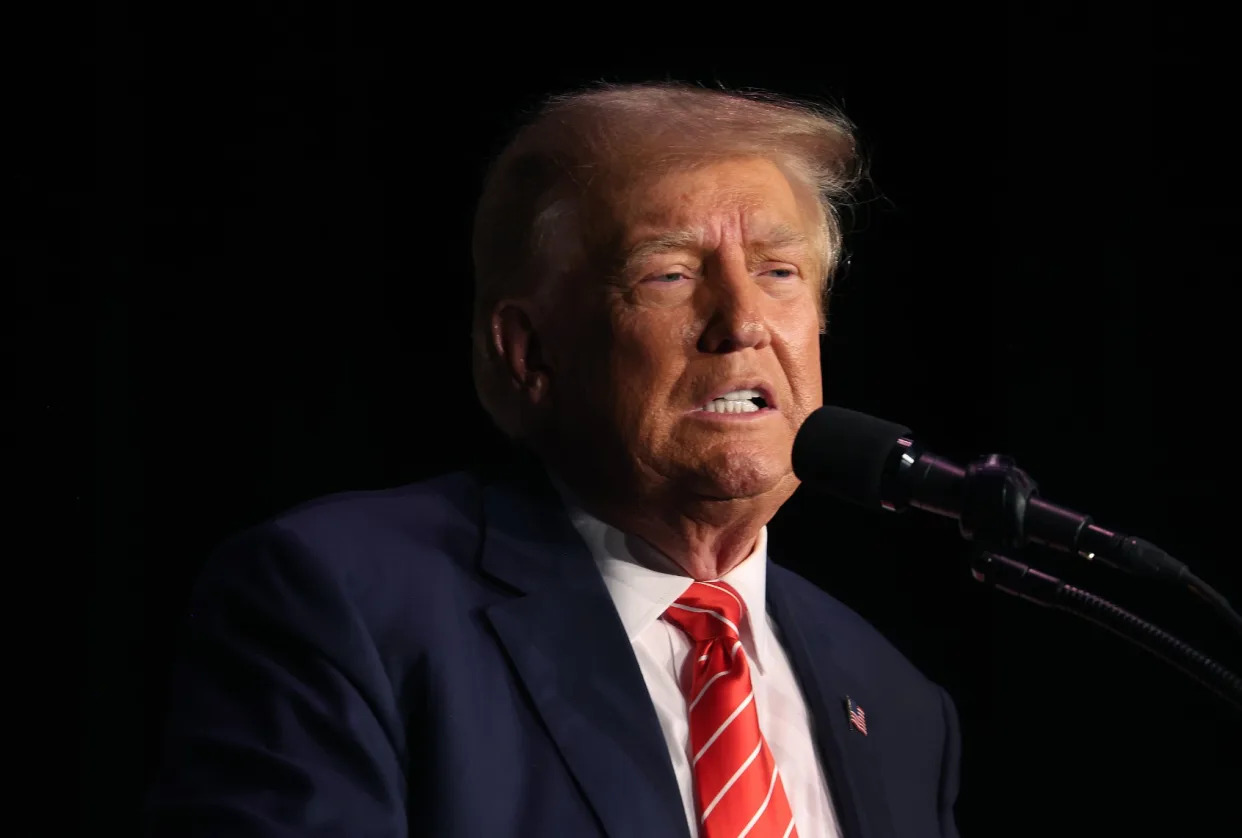Business Insider
Shooting down Russia’s overhyped missiles with Patriots is a win for more than just Ukraine. The war is an ‘intelligence bonanza’ for the West.
Chris Panella – January 5, 2024

Shooting down Russia’s overhyped missiles with Patriots is a win for more than just Ukraine. The war is an ‘intelligence bonanza’ for the West.
- Ukraine says it has shot down 25 Russian Kinzhal missiles with Patriot systems since last May.
- Any such kill improves the Patriot’s accuracy and algorithms, benefiting other users of the system.
- It’s invaluable intelligence for the West and further highlights the need for more air defenses.
Ukraine’s made good use of its Western-provided Patriot air-defense systems, shooting down plenty of Russian missiles, aircraft, and drones, including some advanced, albeit overhyped, weaponry.
But the intercepts, while a win for Ukraine, are also gathering hoards of data for other Patriot operators, making the system smarter and better. It’s just one example of how the war in Ukraine is, as one missile-defense expert told Business Insider, an “intelligence bonanza.”
And as Ukraine defeats threats, there’s also a growing recognition of the importance of robust air and missile defenses, vital for defending and deterrence and, in Ukraine’s case, survival amid an increase in missile and drone attacks.
On Tuesday, Ukraine said it shot down all 10 of the new Kinzhals fired during a vicious air assault, with the Ministry of Foreign Affairs of Ukraine praising the incident as “what heroism supplied with advanced systems looks like.” Ukrainian President Volodymyr Zelenskyy, too, hailed Western-provided air defenses like Patriots, IRIS-T, and NASAMS for saving “hundreds of lives.”
The reported kills nearly doubled the tally of Kinzhals destroyed in the war. Just Sunday, Ukraine said it had shot down 15 Kinzhal missiles using Patriot batteries since the first recorded intercept last May, which was confirmed by the Pentagon.

A Ukrainian Air Force spokesperson, Col. Yurii Ihnat, praised the Patriot’s ability to counter a variety of missile threats. The rate at which the Patriot may have intercepted Kinzhals indicates Ukraine has learned well how to operate its Western air defenses and developed a strong defense against the missile the Russians have touted as an unstoppable hypersonic weapon.
But Ukraine is not the only one benefiting from these engagements. For other Patriot operators, such as the US, new data about how to counter specific threats, such as the Kinzhal, is incredibly useful information.
“Every Ukrainian downing of Russian hypersonic Kh-47M2 Kinzhal with the Patriot missiles will improve the Patriot missile intercept algorithm — and increase accuracy for all Patriot systems, a benefit for the US, the rest of NATO, and other Patriot AD users,” Jan Kallberg, a senior fellow with the Transatlantic Defense and Security program at the Center for European Policy Analysis who was a professor at West Point, posted on X.
That data is valuable for both the US and its NATO allies, giving them a rare opportunity to live test systems and learn more about how not only to engage but also defeat Russian weaponry.
“The larger point is the intelligence bonanza that we are capitalizing on by observing or capturing Russian systems” without actually having any troops on the ground, Tom Karako, a senior fellow at the Center for Strategic and International Studies who’s the director of the Missile Defense Project there, told Business Insider. He said the opportunity was giving the US valuable data on Russia for potential future conflicts.

Russia’s Kinzhal is an advanced air-launched ballistic missile that has been celebrated by Kremlin officials, including Russian President Vladimir Putin, for its “unique flight characteristics,” high speed, maneuverability, and ability to “overcome all existing” and “prospective antiaircraft and antimissile defense systems,” characteristics that supposedly make it unbeatable.
The MIM-104 “Patriot” air-defense battery, an older system that first entered service in the 1980s but has nonetheless been praised by the Pentagon as “one of the world’s most advanced air-defense systems,” arrived on the battlefield in April 2023. The system, once operational, quickly put an end to Russian narratives about the Kinzhal, shooting one down in early May.
Later that month, Ukraine said its Patriot air defenses eliminated six more of these missiles.
The Kinzhal is an advanced capability, but so far, it hasn’t really lived up to its overhyped narrative of being an unstoppable hypersonic missile.
“The Kinzhal doesn’t fit into the category of either a scramjet cruise missile or a hypersonic boost-glide vehicle,” Karako explained.
He added that the term “hypersonic,” when used to refer to the Kinzhal missile, tended to be in a more literal sense, as in it could exceed speeds of Mach 5, or five times the speed of sound.
But while the Kinzhal is going fast, “it doesn’t really constitute sustained and controlled flight in the hypersonic flight regime,” Karako explained, adding that “it’s essentially a somewhat maneuvering ballistic missile.”
Maj. Peter Mitchell, an air-defense officer who’s an instructor at West Point, previously characterized Russia’s Kinzhal as “more akin to a giant lawn dart loaded with explosives,” saying it wasn’t capable of sharp turns or quick changes in flight direction.
That doesn’t mean Ukraine’s reported wins aren’t impressive — or that it’s not a boon for the US and its partners to see Russia use the Kinzhal. Instead, it’s quite the opposite.
Similar to just about any data collected in the war, whether it’s information on how Russia’s operating its Shahed one-way exploding drones, defending against Ukrainian strikes, or pounding Ukrainian defenses, the takeaway is a beneficial one for the West: By helping defend Ukraine, they learn more about how their enemy could fight them in the future.

Ukraine’s successes with the Patriot and other Western systems also highlight the enormous importance of air and missile defenses.
While the drone war being fought between Ukraine and Russia has been eye-opening for many armies, including the US, the air campaigns have also reinforced the realization of how much armed forces need robust air defenses.
The successful engagement of “high-end missile threats from a major power like Russia is ratifying and bolstering the demand signal for both the Patriot family and other air defenses more broadly,” Karako said.
During his December visit to Washington to plead for more aid amid Republican roadblocks in Congress, Zelenskyy expressed a dire need for more Patriot batteries in Ukraine. But the demand goes beyond that.
Take, for example, recent news of a handful of NATO nations’ plans to buy 1,000 Patriot missiles or Japan’s landmark decision to remove its self-imposed ban on weapons exports to transfer dozens of missiles to the US. Other air-defense systems, too, have been prioritized, as seen in the US aid packages to Israel in recent months.
“We’re seeing an increased salience and demand for air and missile defense because missiles have become ‘weapons of choice,'” Karako said. He said air and missile defense was not a peripheral concern but rather a central concern.









